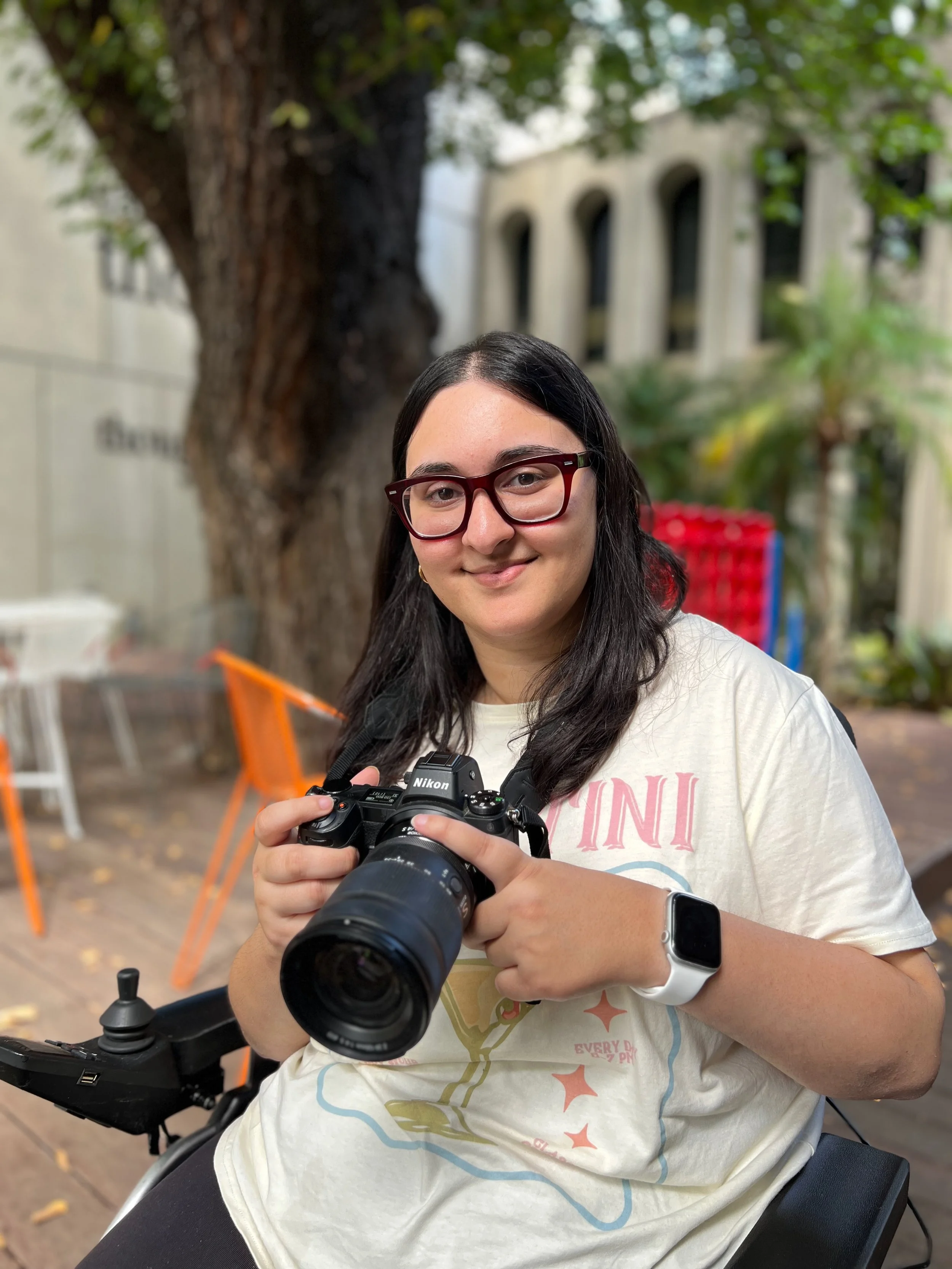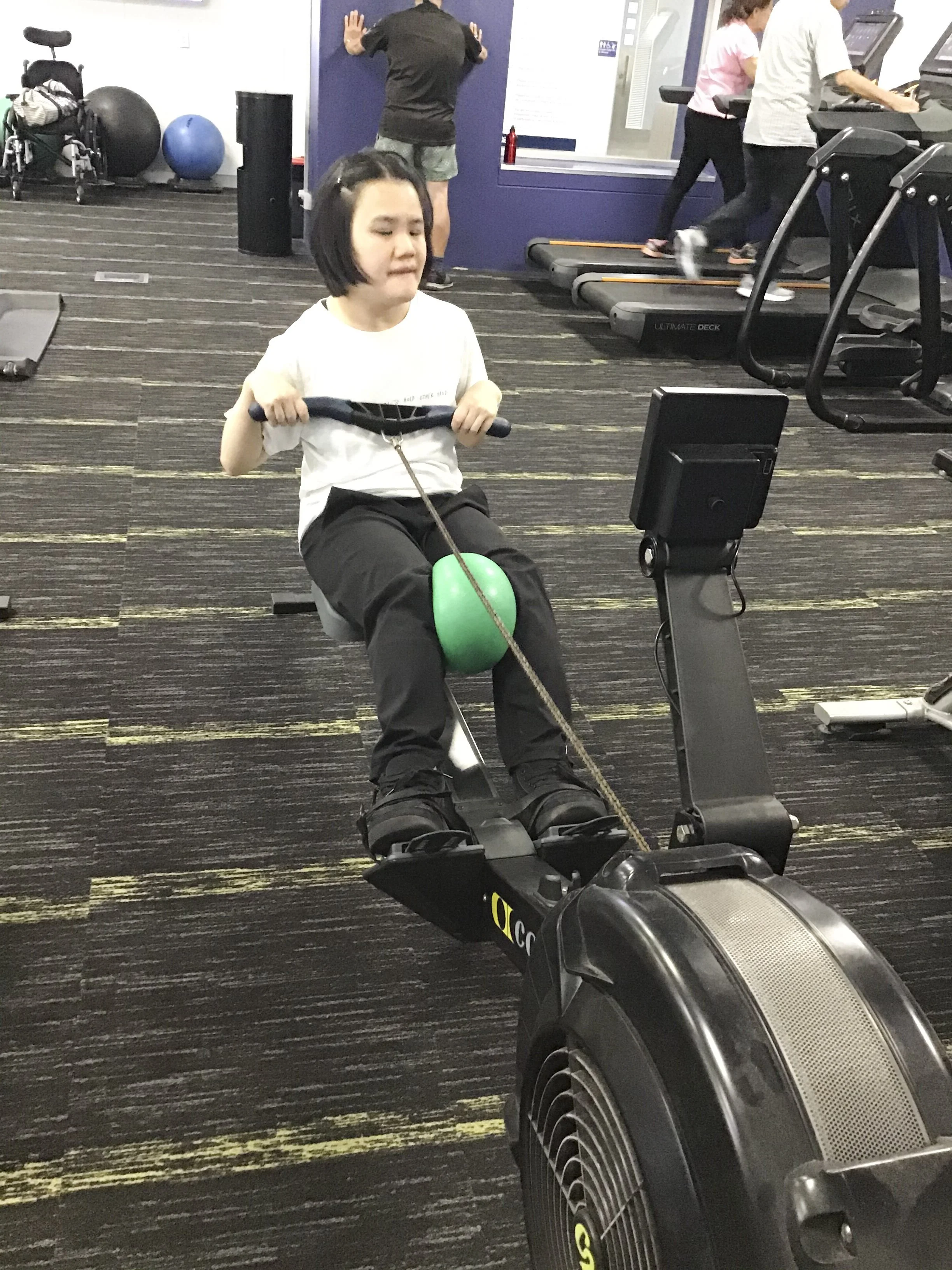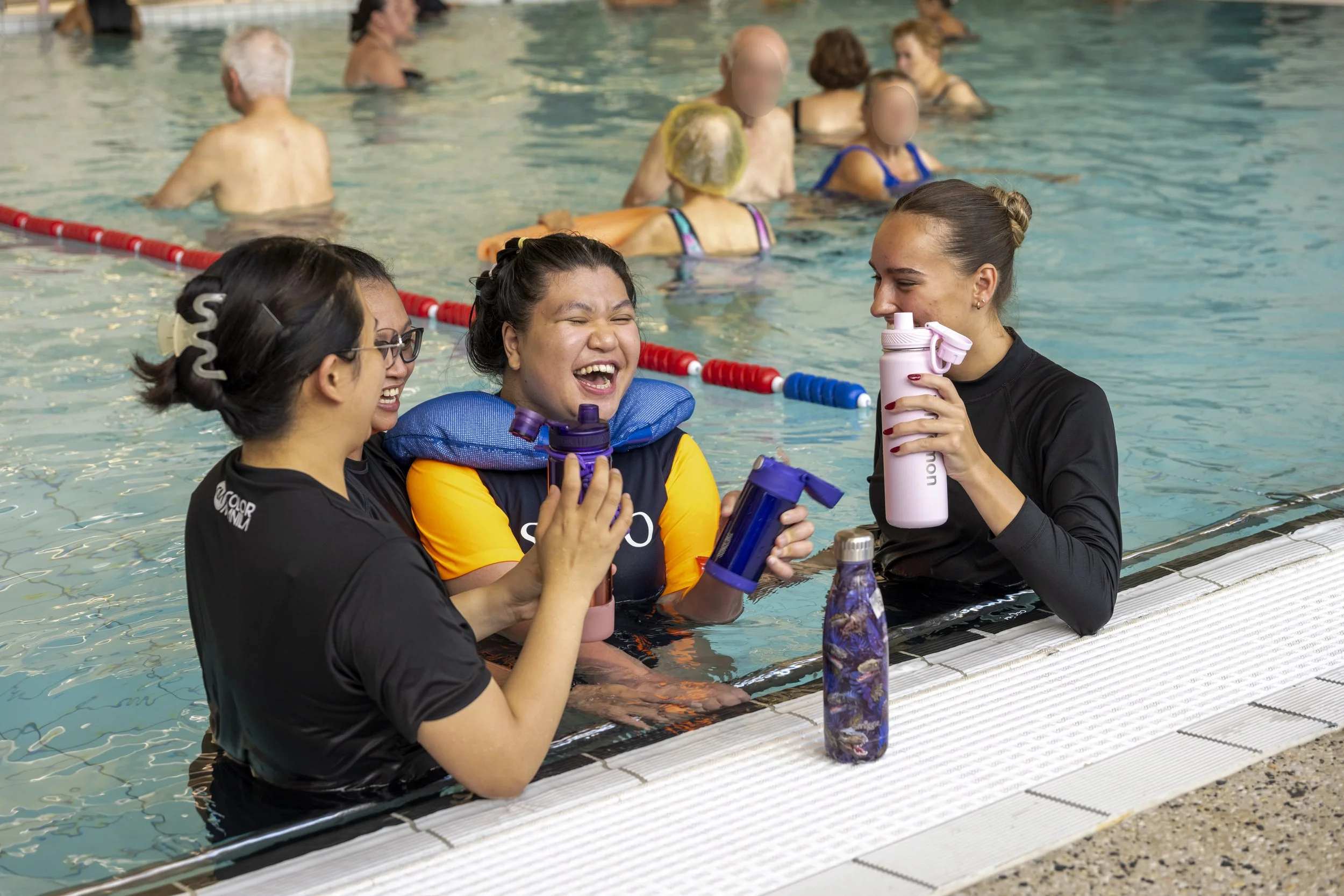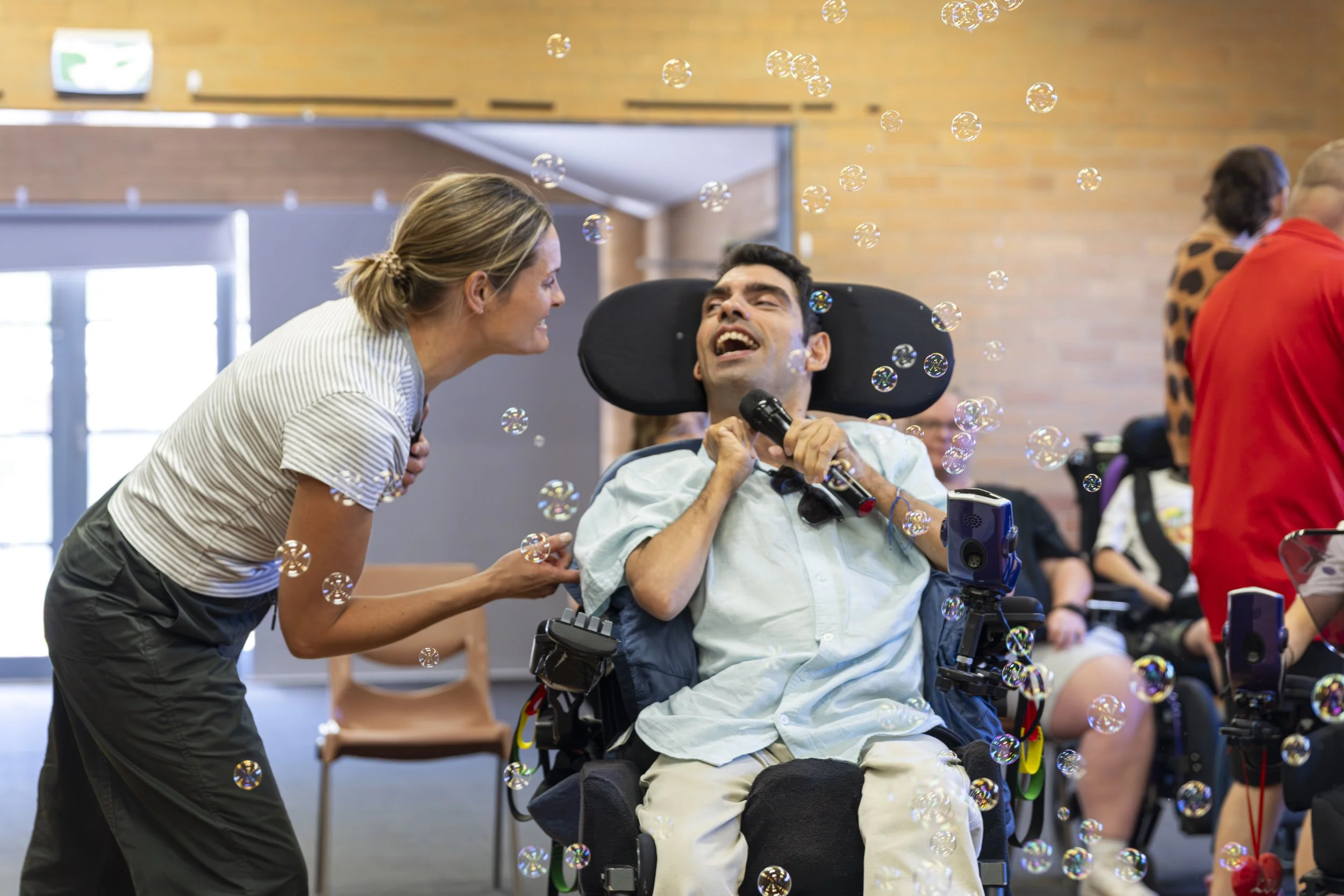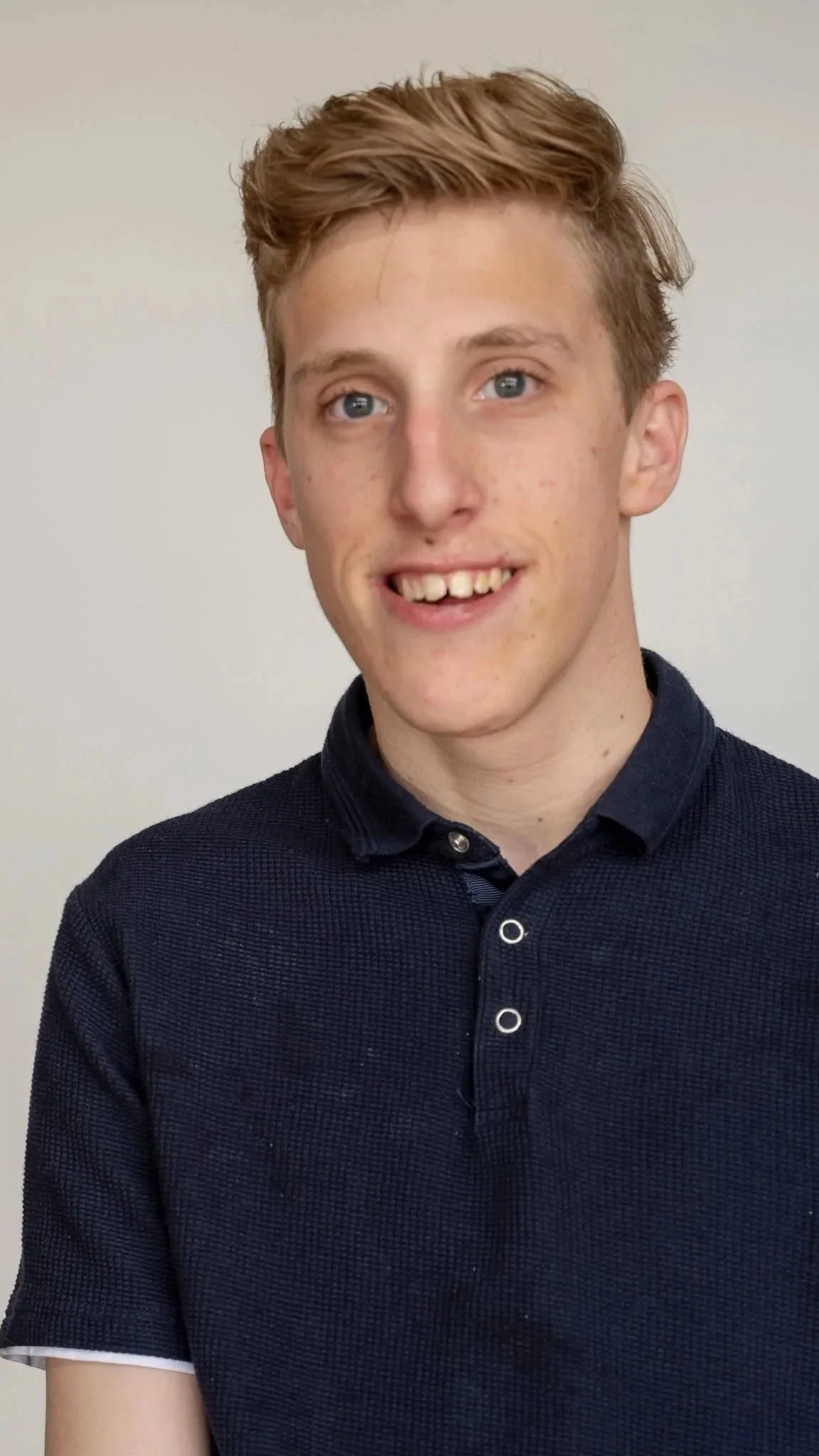
Making a plan
The aim of this section is for you to think about your preferences for physical activity and to start to make a plan for what you would like to do!
Working out the ‘How’, ‘Who’, and ‘Where’
A successful physical activity experience will meet your needs for:
Why you want to be active
How you want to be active
Where you want to be active
Who you want involved
Choices about physical activity should be guided by what you want, but might also be impacted by other factors like:
Your work or study commitments
The programs, activities or services you already use
Where you live
The opportunities available
Thinking about your preferences for physical activity can help to narrow down the types of opportunities you are looking for, and communicating these to people who might support you.

How do you want to be active?
When you are thinking about how to be active, it can be helpful to consider which sorts of activity suit your preferences and life at the moment.
There are also many ways to be active.
Structured or unstructured
By yourself or with others
Competitive or social
If you have been active before, it can be helpful to think about those previous times you have been active – what did you enjoy about those activities, and what you didn’t you like?
While on holiday, Gaurav went snorkeling!
Pictured here by diving buddy James Czencz.
Pros and cons
If you haven’t been involved in many physical activities before, the points below outline some of the pros and cons of different activities, suggested by our team.
Structured exercise
Pro: Regular time and place
Con: Requires more planning (transport, support workers)
Unstructured exercise
Pro: Flexible timing
Con: Easy to end up not doing it
Alone
Pro: You have the opportunity to complete an individualised training program, at your own pace
You can ask for guidance from gym employees as required, or to demonstrate how to use a machine (one-on-one assistance)
Con: Potentially less social interaction with other members or groups in classes may be a difference between individualised and group exercise
With others
Pro: You have the opportunity to experience increased social interactions between other members, gym employees, and the community. This can be particularly powerful for people who are community-oriented.
Con: There may be less one-on-one assistance for targeted exercise programs
Competitive focus
Pro: You can learn how to perform at a competitive level, using modified equipment or programs, as required
Con: Competitive exercise can be fast-paced, potentially allowing for less tailored assistance or social interactions
Social focus
Pro: You have the opportunity to socialise with others who have similar interests and goals
Con: People may take it less seriously than you
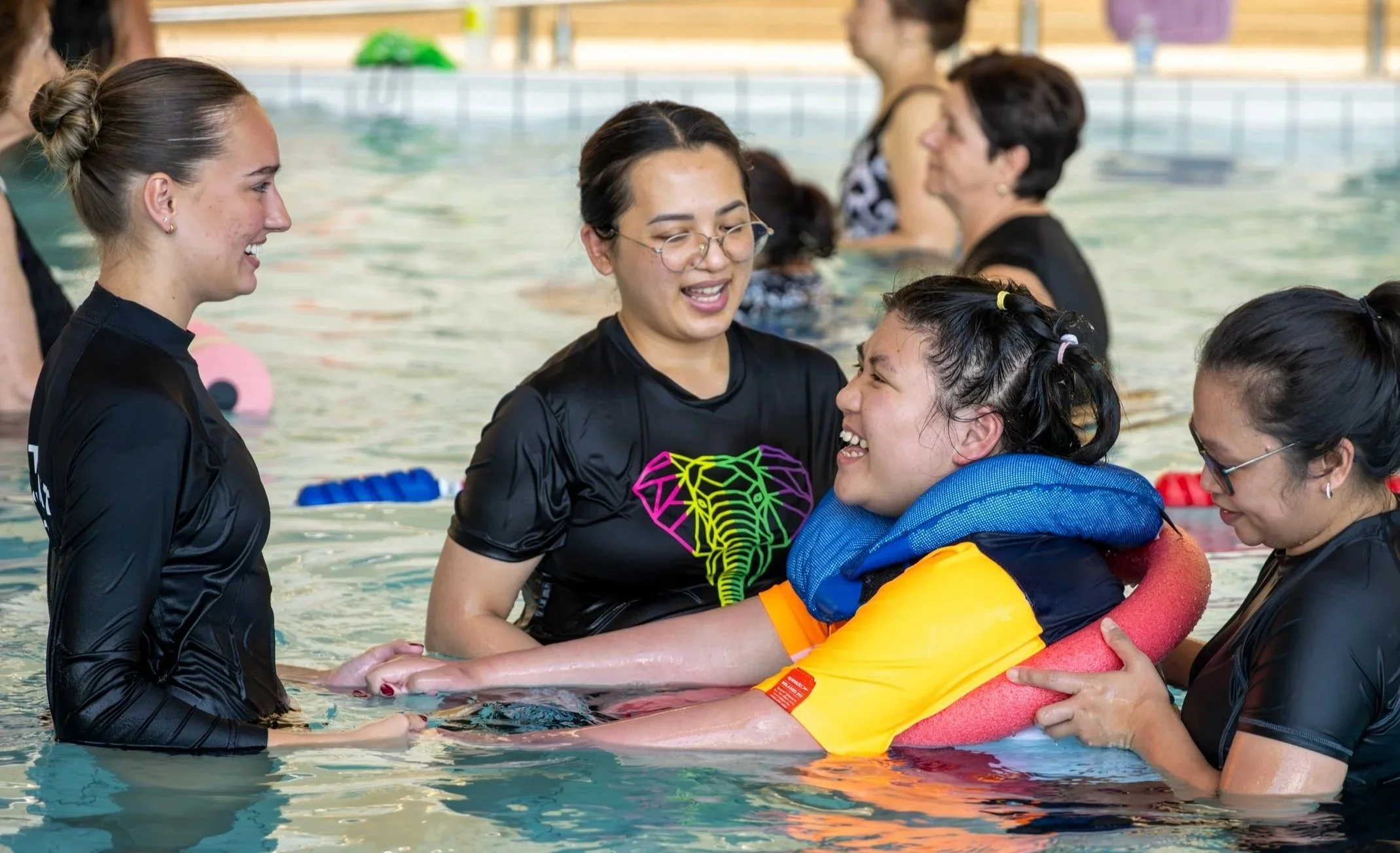
Who do you want to exercise with?
Having people to support you to get active can help make it easier to find and start activities. This might include family members, friends, physiotherapists, exercise physiologists, support workers, sports coaches and recreation staff.
There is no ‘right’ person to help with getting started. The people you involve should depend on your preferences, and their knowledge or skills.
These preferences may also change depending on the type of activity or time you have been doing the activity.
Many people with cerebral palsy feel that it is important that supporters have the ‘right attitude’ to getting started.
Some important attributes might be:
Some understanding of disability or cerebral palsy
Creative thinker
Works as a team with your other supports
Supports your choice and control over physical activity
You might like the support of different people, at different stages. For example, who supports you to get involved with physical activity might be different to who supports you during the activity.
Decisions might also be influenced by other factors like what is available in the local area, the cost, and the expectation of others.
The funding that you have available may also influence what support people you can access.
Even if you do not usually use support workers, you might find that having a support worker for physical activity saves you time and energy.
Nick’s EP set up his gym program and got him comfortable with the exercises and equipment.
Now he can go regularly with his support worker.
Finding people to assist with physical activity in the community is often a challenge for adults with cerebral palsy.
Thinking about the tasks you might like support for and your preferences for the person supporting you might help to narrow down '‘who’.
Working out who will support you
Support can be for:
Co-ordinating some or all aspects of the activity
Saving time/energy
Transport
Physical assistance
Personal care
Motivation/encouragement
Exercise technique and safety
Some attributes that might be important to young adults with cerebral palsy are:
Someone with shared interests
Family or friends
Their gender
Their age
Their experience (disability or activity)
Their training or qualifications
Michael loves to sing and dance to rock and roll music.
For him, having a support worker who also loves music and dancing is really important!

Where do you want to exercise?
“From my experience this information was hard to find. If I didn’t know people involved, I wouldn’t have known at all.”
-Tate
Finding opportunities
Finding opportunities for physical activity can sometimes feel challenging, especially since many programs and activities aren’t widely advertised.
A great way to discover what’s available is by talking to people in your network—friends, family, support workers, or even online communities.
When others know you’re interested in physical activity options, they’re more likely to share opportunities they come across.
Staying open to different possibilities can help you find an activity that suits your interests, needs, and lifestyle.
Our team has found physical activity options in the community through:
-
Other people with disabilities
The services you use - for therapy, for support workers, for other activities.
Parents
Friends
School and university
Social media
-
-
-
“I had to keep asking around and keep asking. At the time there was nothing but a few months later my friend mentioned they saw on Instagram an adapted climbing group was having a come and try day”
Joining cerebral palsy Facebook and Instagram accounts can help with learning of opportunities in your area
-
Access and Inclusion teams
Come and Try days
Come and try days are becoming more popular as a way for clubs and recreation organisations to showcase the adapted sports on offer.
They can be a good way to try something new in a relaxed and casual environment, or even go and watch what it looks like.
Brenton (above) found out about adapted climbing from an all abilities come and try day advertised by the rock climbing club.
Freya and Alex (above and below) went to a come and try day run by the recreation industry where they could try lots of different sport options.
Home, community, or therapy centre?
Many adults with cerebral palsy also like to exercise at home or in a therapy centre.
Your preferences on why you want to be active, who you want to do it with, and how you want to do it will probably guide where your physical activity happens.
For Michael, having the option to exercise at home means he can do it everyday!
“I enjoy a mix of home workouts and community classes.
Home allows me to work at my own pace, while classes help me meet people.”
- Yatish
Home
Some reasons people choose to exercise at home:
Can be easier to fit in around other routines
You might feel more comfortable at home
Usually less things to organise (like transport and programs)
Equipment that has been designed or adapted to suit your individual needs
Community
Some reasons people choose to exercise in the community:
More ‘mainstream’
Being part of local community or team
Opportunity to meet people
Some reasons people choose to exercise in therapy centres:
Can have more access to specialist equipment
Want to exercise with a health professional
Feel more comfortable in a therapy setting
Therapy centre
“I can go to a place independently, but I rather do exercise with my exercise physiologist. They can tell me if I'm doing it correctly, using the right muscles and what not.
And they know me so if I'm a bit tired one day they can adjust the session.”
- Nicole

